Genetic Brain-Mapping of Autism.
The Brain Initiative is combining neuroscience with nanotechnology in the world’s biggest project to understand the mind. By Katharine Sanderson.
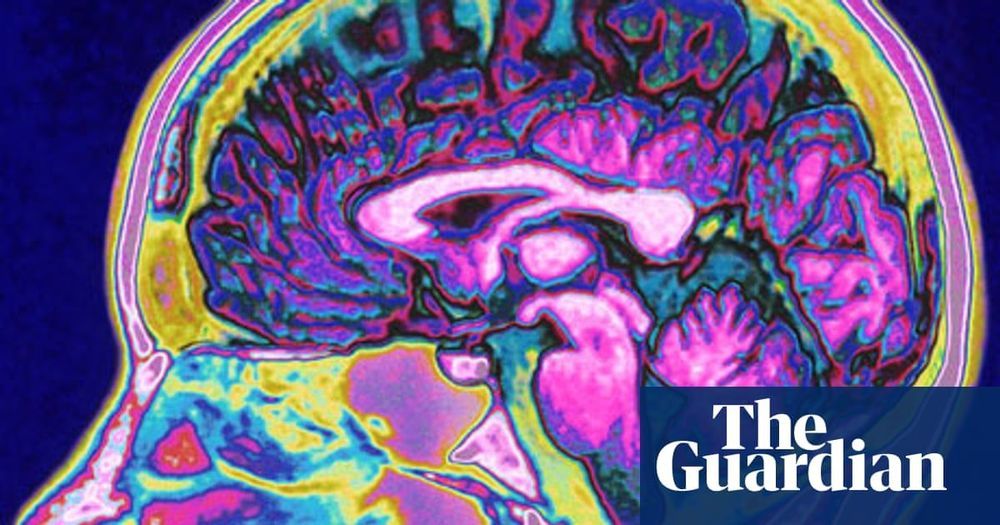
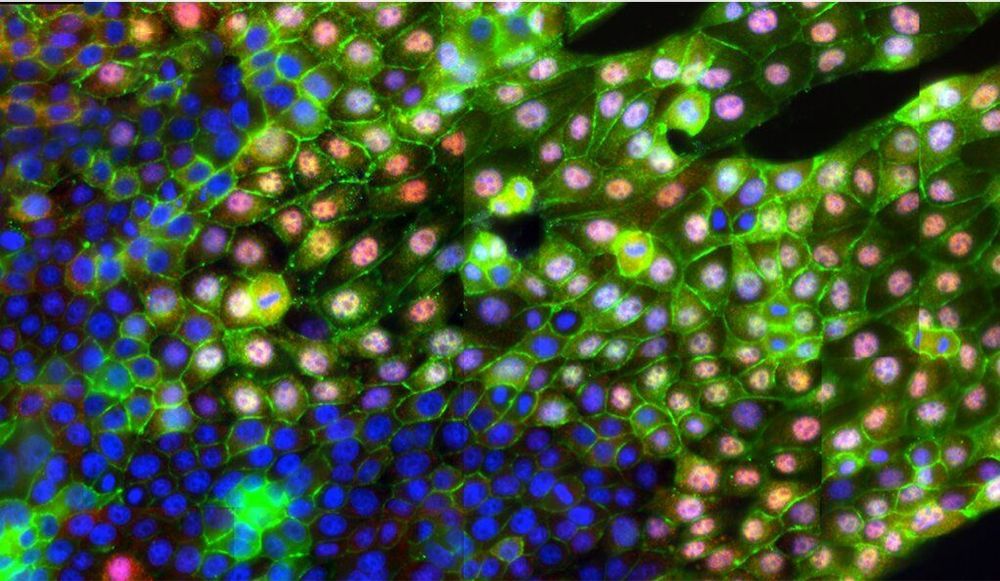
Yale researchers have discovered how metastasis, the spread of cancer cells throughout the body, is triggered on the molecular level, and have developed a tool with the potential to detect those triggers in patients with certain cancers. The discovery could lead to new ways for treating cancer.
The study was led by Andre Levchenko, the John C. Malone Professor of Biomedical Engineering and director of the Yale Systems Biology Institute at Yale’s West Campus. It was published June 26 in the journal Nature Communications. Levchenko is a member of the Yale Cancer Center.
One way metastasis occurs is through epithelial-mesenchymal transition (EMT), a process that breaks neighboring cells apart from each other and sets them in motion. It’s been long assumed that chemical signals or genetic changes in the cells trigger EMT. But Levchenko’s research team found that it could be caused by a simple change in the texture of the extracellular matrix (ECM), which acts as a scaffold for cells. They discovered that an alignment of the matrix’s fibers (a common biological occurrence) can trigger the EMT process without or other stimuli.
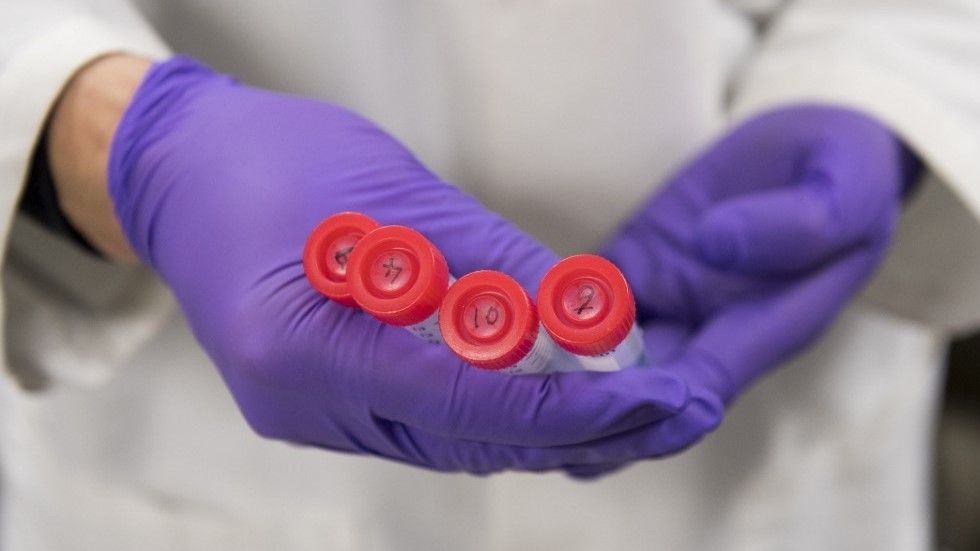
In a groundbreaking treatment, cancer patients’ immune systems are being genetically reprogrammed to fight their terminal cancer for them, with promising results.
In the UK, a number of National Health Service (NHS) patients with lymphoma at King’s College Hospital have been given CAR-T, a “living drug” that is unique to each patient as it contains some of their own cells.

The scene resembles a typical blind speed-dating event: 13 women and 13 men, seated on either side of a bamboo screen in an upmarket Tokyo restaurant, are chatting in pairs on a strictly timed three-minute rotation.
But the doctor hovering on the fringes and the scientific documents held in the participant’s hands, however, offer a hint that this is no ordinary dating event: for everyone attending has undergone a DNA test in a bid to find their best romantic match.
Welcome to the world of DNA matchmaking. Forget hobbies, professions, ages or nose sizes: one critical new criteria for finding the perfect partner was recently added to Japan’s fast-paced dating world, with the launch of a new service that promises to find love based on genetic compatibility.

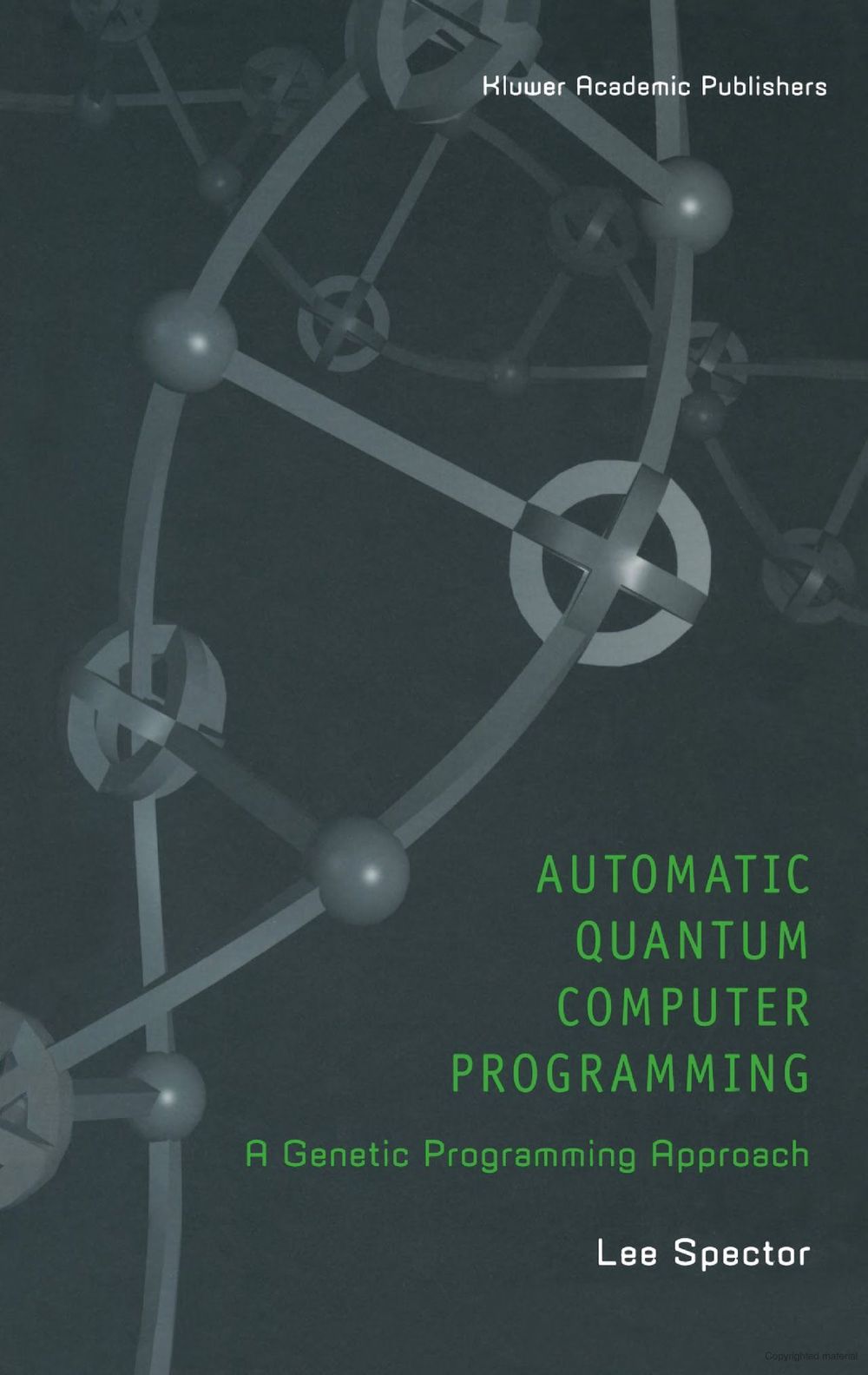
Provides an introduction to quantum computing for non-physicists, as well as an introduction to genetic programming for non-computer-scientists. The book explores several ways in which genetic programming can support automatic quantum computer programming and presents detailed descriptions of specific techniques, along with several examples of their human-competitive performance on specific problems. Source code for the author’s QGAME quantum computer simulator is included as an appendix, and pointers to additional online resources furnish the reader with an array of tools for automatic quantum computer programming.

Gensight Biologics, a company researching – among other things – the movement of mitochondrial genetic information to the nucleus to treat hereditary genetic diseases (a strategy that could also have an impact on aging according to the SENS Research Foundation), has recently released data for its latest trial of GS010, a therapy against the blindness-causing genetic disease LHON.
Note: Patrick Deane holds shares in Gensight Biologics (EPA: SIGHT).
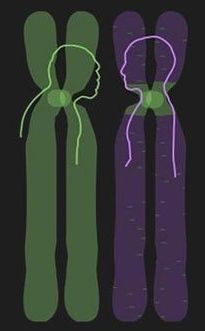
Genes get shuffled and re-dealt with every new generation, meaning many are relatively recent. But while exploring the “dark heart” of the human genome, geneticists have now found some of the most ancient pieces of DNA, inherited from Neanderthals and an as-yet-unknown human relative, which may be affecting our sense of smell to this day.
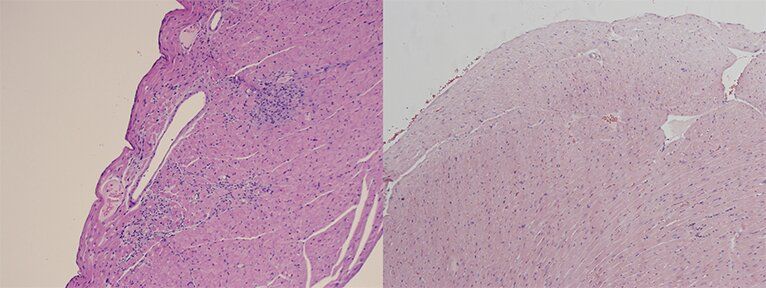
What causes the immune system, designed to protect us, to turn on the body and attack healthy cells? Common bacteria that reside in the human gut may be partly to blame, say Yale researchers, who studied the origins of a serious autoimmune disease that frequently affects young women.
For their study, the research team focused on cells from patients with antiphospholipid syndrome, an immune system disorder that raises the risk of blood clots. This chronic condition can lead to lung clots, strokes, heart attacks, and in pregnant women, miscarriages or still births.
Using patient immune cells and antibodies, as well as animal models of the disease, the investigators did several experiments to explore the phenomenon. They found that a common gut bacterium, Roseburia intestinalis, can trigger the disease in individuals who have a genetic predisposition. In those patients, the immune system’s defender T and B cells react to a blood protein involved in clotting, and also to the bacteria, in certain amino acids found in the bacteria. Over time, this ongoing “cross-reactive” response leads to tissue damage and chronic disease.